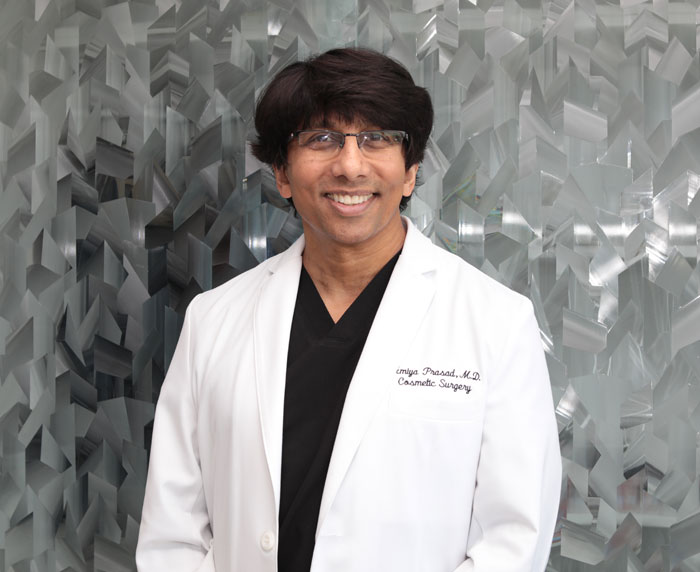Effective Treatments for Facial Hyperpigmentation from Sun Damage
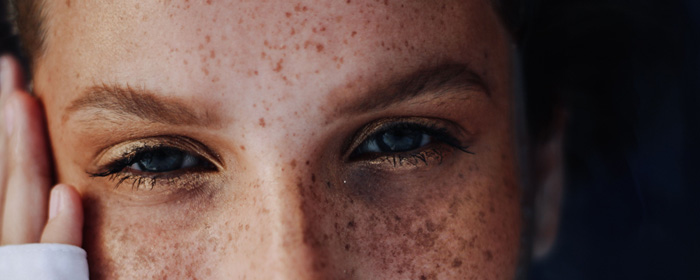
Sun-damaged skin resulting in freckles and dark spots can appear at any age. This includes situations such as younger people who’ve experienced a lot of sun exposure or indoor tanning, as well as older people with accumulated sun damage that becomes more visible in later years. Treating sun-damaged skin in the past involved aggressive treatments accompanied by long downtime. Modern technologies allow me to help my patients get comparable results, but without the prolonged healing process.
How Do You Treat Facial Hyperpigmentation from Sun Damage?
Treatments to improve the appearance of facial hyperpigmentation from sun damage include:
- Deep chemical peels (TCA peels)
- Ablative CO2 lasers
- Fractional lasers
- Non-ablative lasers
- Q-Switch laser
- Lasers combined with regenerative medicine (PRP, and hyaluronic acid)
- Consistent use of sunblock to prevent further pigmentation
I have been treating sun damaged skin since I started my practice. I started first using deep chemical peels and a fully ablative CO2 laser.
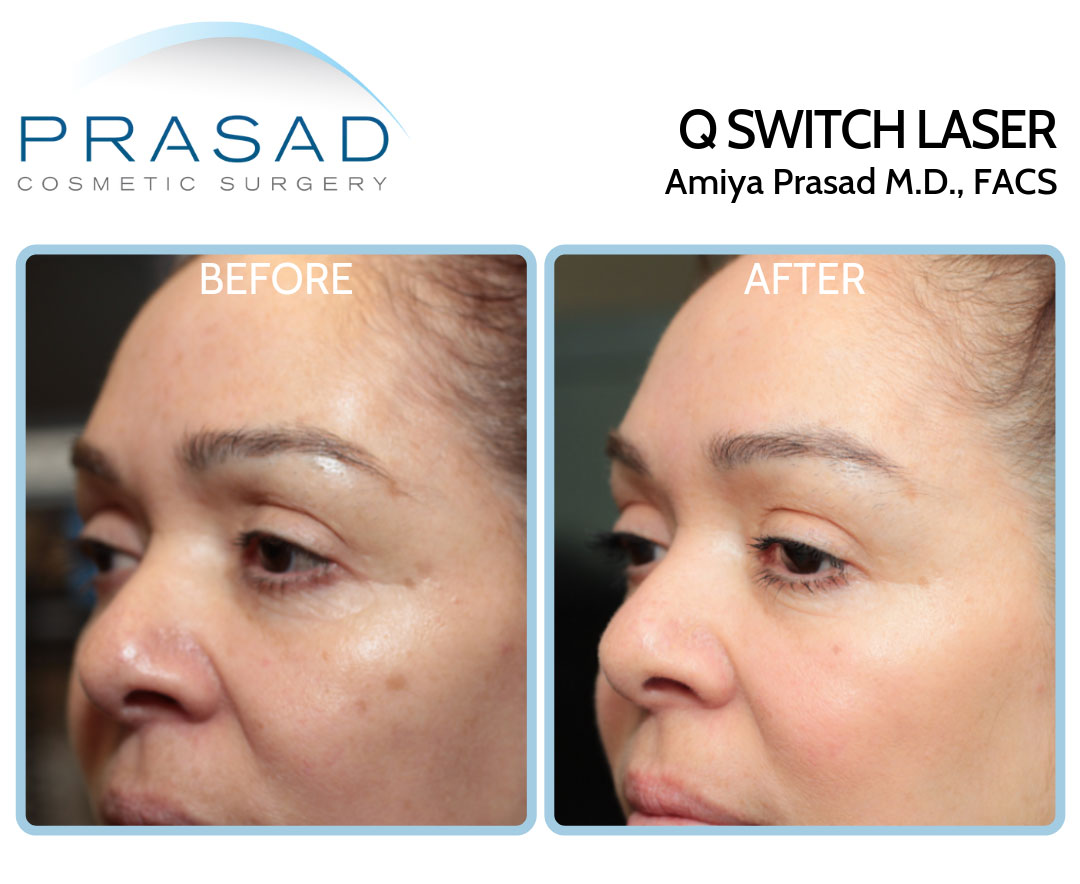
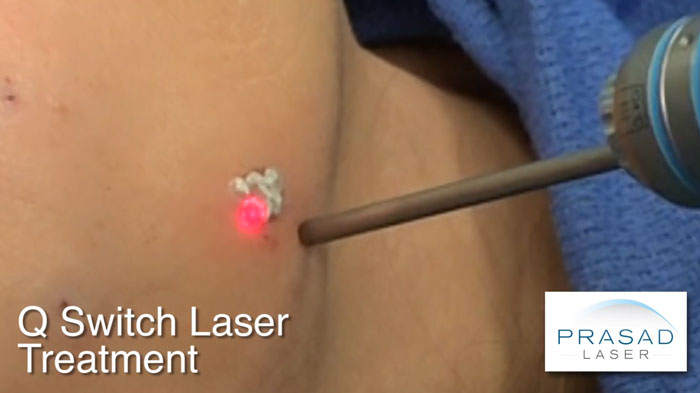
As medical technology evolved, I adapted the use of less aggressive fractional lasers such as CO2 and Erbium lasers. In addition, I routinely use non-ablative lasers which leave the top layers of skin intact resulting in typically no downtime. I also synergistically use regenerative medicine technology like PRP or platelet-rich plasma to further improve the skin at the same time.
Types of Sun Damage: Freckles and Dark Spots
Sun damage appears as varying levels of melanin and pigmentation. Light to dark discolorations often show up as freckles or solar dyschromias, while larger, defined spots are known as dark or brown spots, medically referred to as solar lentigos.
Chemical Peels and Ablative Lasers
To treat dark spots and freckles in the past involved removing or ablating the top layer skin. This was first done with chemical peels, also known as TCA peels (trichloroacetic acid), which required significant recovery for the top layer of skin to regenerate.
Chemical peels also tended to treat unaffected areas of the face, so treatment wasn’t localized to small areas. This meant that more surface area of the face was involved in the healing process.
While TCA peels are effective, they did require patients to take time off work while their facial skin was still peeling for several days after treatment.
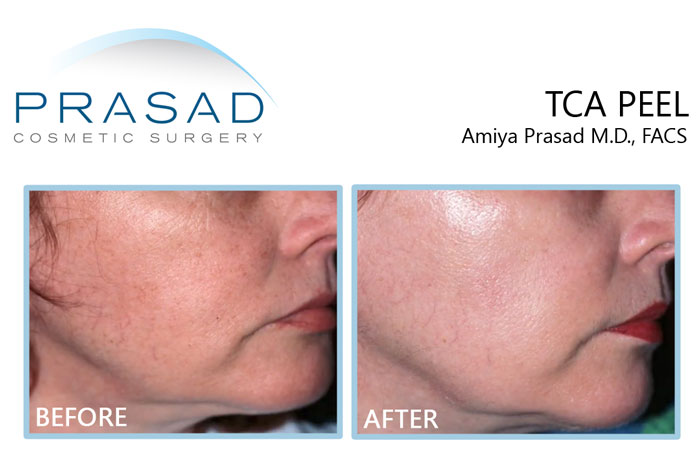

Fractional and Non-Ablative Lasers
Skin treatment evolved into the first fully ablative CO2 lasers in the mid 1990s. CO2 lasers also removed the top layer of skin, and required significant downtime. Lasers were also effective but patients were exposed to a lot of heat energy, and doctors and practitioners had to manage the effects of high levels of heat on the skin.
Fully ablative CO2 lasers also involved removal of the top layer of skin, with heating of the lower layer of the skin (the dermis), which requires significant healing time. Patients could be out for weeks while waiting for skin layers to come back, and cover up the intensely red skin.
Effective Treatment for Sun-Damaged Skin with Minimal Downtime
The laser technology I use in my practice to treat solar dyschromias and lentigos are treated without the need for prolonged downtime. I discuss with my patients during consultation what the specific aspects of the skin my patients want to see improve. I also discuss the amount of recovery needed for the issues they are concerned about. For example, if they want to address fine lines, an option we can use are fractional lasers.
There is a dual benefit to fractional lasers. One is the removal of irregular top layers of skin, which is the epidermis and the other is energy delivery for collagen remodeling in the lower layer of the skin, the dermis. Unlike fully ablative laser treatment, fractional lasers allow surface areas to be left intact which results in faster healing.
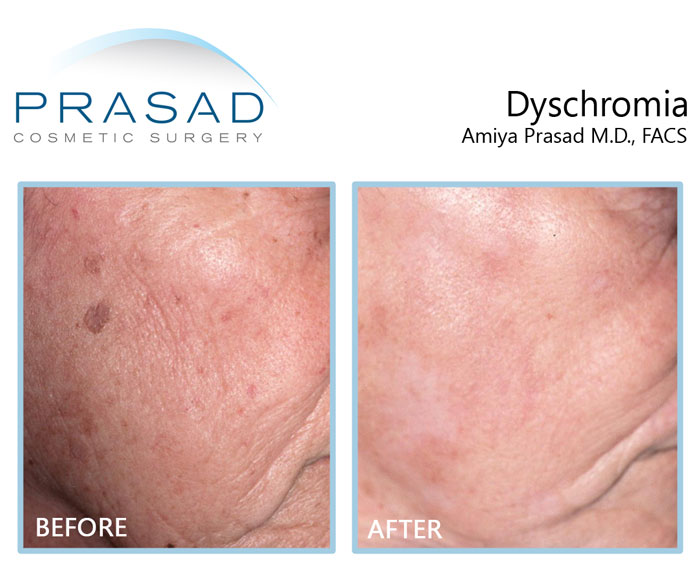
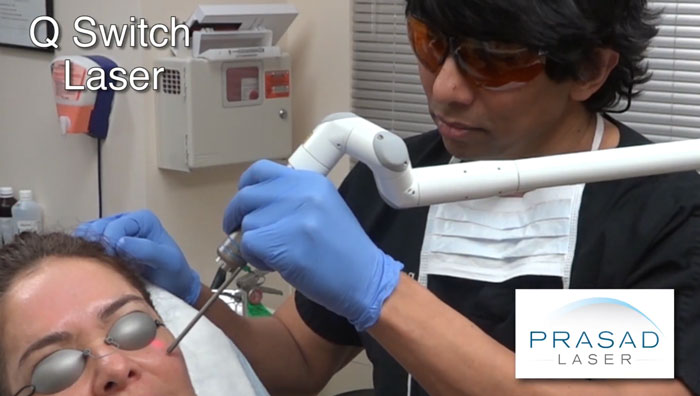
Treating Dark Spots with Q-Switch Lasers
If the main concern is about dark spots and freckles, I usually use a Q Switch laser. The laser can go through the top layer of skin, leaving it intact while breaking up the pigment caused by sun damage. The approach to treatment is typically to have patients come in monthly so the pigmentation progressively diminished without any disruption in the patient’s schedule.
I explain to my patients that the pigmentation caused by the sun is comparable to a tattoo even though a tattoo is placed in the deeper part of the skin. The laser energy is absorbed by the pigment and broken up into smaller particles which are metabolized by the body.
Like all laser treatments, skin type and skin color are very important factors in the type of laser used and the energy settings. Generally speaking, lighter skin can take a higher energy setting, while darker skin needs a lower setting.
Enhancing Results with PRP and Hyaluronic Acid
In addition to Q-Switch laser treatments, I routinely use PRP and hyaluronic acid for Skin Boosting, improving both skin tone and texture. PRP is well-documented for treating hyperpigmentation, making this combination highly effective.
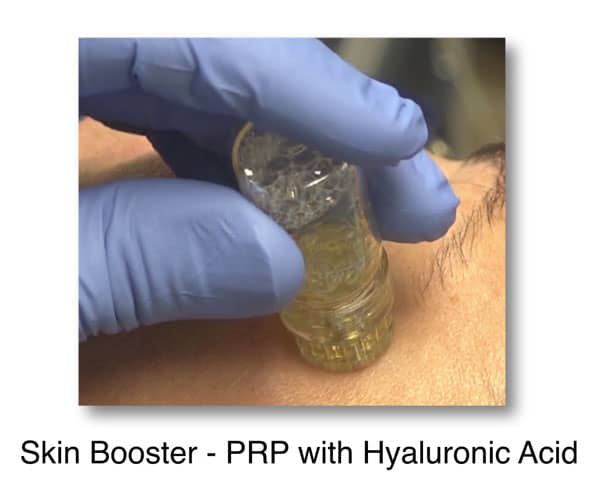
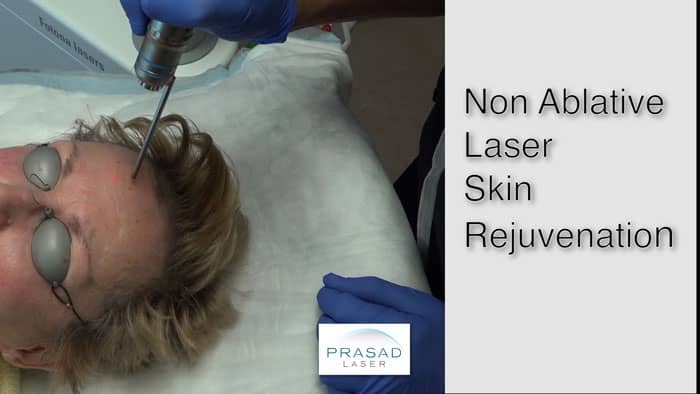
Conclusion: How to Treat Hyperpigmentation from Sun Damage
Treating pigmentation and other skin issues caused by sun damage no longer requires the long downtime of chemical peels and aggressive lasers. As mentioned earlier, since the top layer of skin is intact with the Q Switch laser, healing time is minimal to none, even when combined with Skin Boosting. This means your skin quality and areas of pigmentation can be treated conveniently without interruption in your daily routine. I recommend using other products such as sunblock to protect the skin from sun exposure which can cause more brown discolorations to appear. I hope you found this information helpful.
Medi-Spa Manhattan, NYC and Long Island, New York
Dr. Amiya Prasad is a Board-certified cosmetic surgeon, and a Fellowship-trained oculoplastic surgeon. He has over 30 years of experience practicing in New York City, and Long Island.
If you’re interested in recommendations for your individual situation, fill the form below or contact any of our offices: (212) 265-8877 for Manhattan, (516) 742-4636 for Garden City Long Island Office, or (703) 356-1336 for Vienna, Virginia to schedule a consultation.
